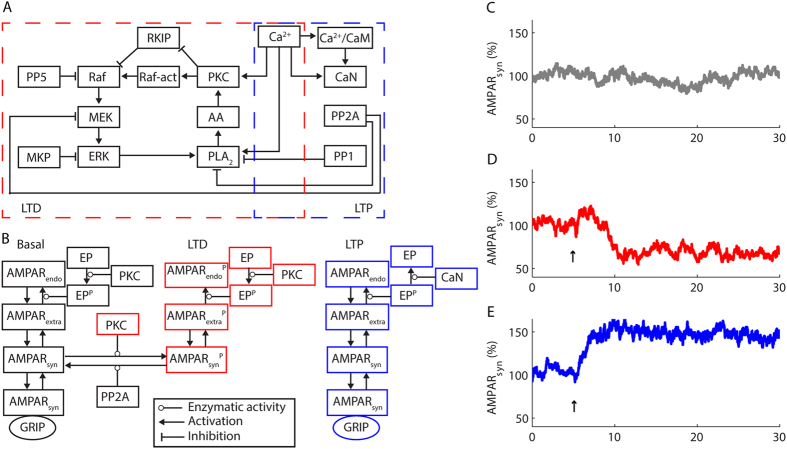Figure 1. Stochastic computational model of cerebellar LTP and LTD.
(A,B) Block diagram of the model showing the molecules involved with LTD and LTP (A), and the mechanisms of AMPARs trafficking (B). At rest, we simulated a constant AMPARs trafficking consisted of lateral diffusion from the synapses (AMPARsyn) to extra-synaptic membranes (AMPARextra), from extra-synaptic membranes to endosomes (AMPARendo), and vice-versa. Phosphorylated EP (EPP) catalyzed the internalization of AMPARextra. Part of AMPARsyn interacted with GRIP and did not participate in the constant AMPARs trafficking. During LTD, PKC phosphorylated AMPARsyn (AMPARsynP) and disrupted their interaction with GRIP promoting their internalization. PP2A counteracted PKC action. During LTP, CaN dephosphorylated EPP and blocked AMPARs internalization. PKC counteracted the action of CaN on EP. (C) Simulation of the percentage of AMPARsyn at rest. (D) LTD expression consisted of a persistent reduction of AMPARsyn. (E) During LTP, the model simulated an increase in the percentage of AMPARsyn. The arrows indicate LTD and LTP induction with a Ca2+ pulse of 3 μmol.L−1 and 0.35 μmol.L−1, respectively, and 30 s of duration.

